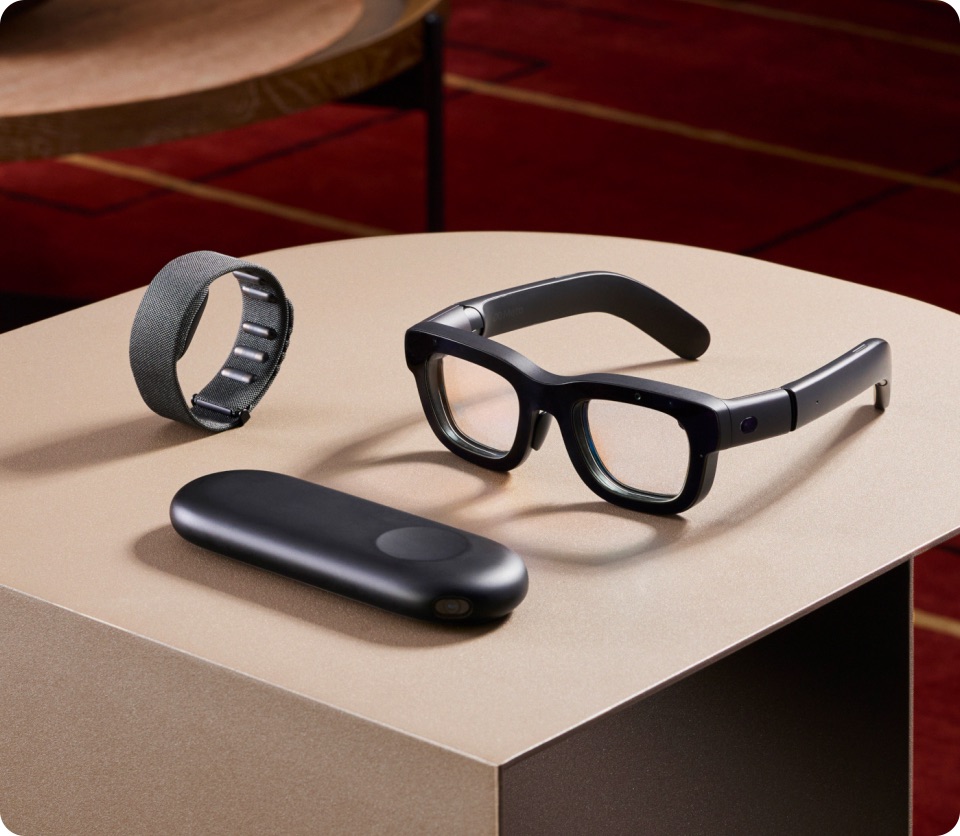The most important thing Apple said during today’s iPhone announcement event was this: “We also make sure to design durable products, that last as long as possible,” Lisa Jackson, Apple’s vice president of environment, said. “That means long-lasting hardware, coupled with our amazing software. Because they last longer, you can keep using them. And keeping using them is the best thing for the planet.”
Saying that the best thing you can do for the environment is to keep using your old phone on a day in which it introduced three new iPhones (the iPhone XR, the iPhone XS, and the iPhone XS Max) is maybe a little ironic, but the underlying message is correct.
Videos by VICE
This is because regardless of Apple’s greenwashed marketing, making a new iPhone is an incredibly destructive endeavor. A metallurgist commissioned by Motherboard editor-at-large Brian Merchant estimated that roughly 75 pounds worth of raw material have to be mined to make the average iPhone, and that’s before considering other environmental byproducts of Apple’s global supply chain, which include, of course, shipping the raw material as well as the finished product all over the world.
Apple said that one day, it hopes to completely eliminate mined materials from new iPhones (it wants to use recycled materials instead), but in the year-and-a-half since it made that announcement, it hasn’t explained how it plans on making that happen. Instead, Jackson said that a few small parts in the phone use recycled materials. For example, the speaker enclosure “is now made with 35 percent post-consumer recycled plastics,” and Apple has begun using recycled tin in the phone. Those are good, albeit incremental changes to the design of the iPhone: “Recycled tin is cool, but super easy,” Kyle Wiens, the CEO of iFixit, told me in an online chat.
More difficult is creating a mechanism for recycling the rare earth metals inside the iPhone. With no established circular supply chain for some of these materials and—in some cases—no scientifically proven way of recycling them at all, we are not going to see a completely recycled iPhone anytime soon, regardless of what Apple says.
Because of these recycling limitations, most environmentalists believe that using a phone for a longer period of time is the most important thing you could do (as Jackson said.) It’s disappointing, then, that Apple’s business practices, anti-repair lobbying, and product design have artificially shorted the working life of millions of iPhones.
At major Apple events watched by millions of people, the company tout its corporate virtues and commitment to the environment: “We never stop thinking about what’s best for the planet,” Jackson said. It announces iPhone recycling programs and pulls out is iPhone-recycling robots Liam and Daisy, which are proprietary to Apple and are not capable of handling the recycling volume associated with the hundreds of millions of iPhones that are sold each year.
Meanwhile, behind the scenes, Apple has forced independent electronics recyclers to sign “must shred” agreements, meaning that any Apple products that enter their facilities must be destroyed and recycled, even if they are in working condition and could be refurbished and resold. Apple says its phones are easy to recycle, and yet electronics recyclers around the country say that Apple products routinely catch fire during the recycling process, because their glued-down lithium ion batteries are difficult to remove at scale without puncturing them.
That same battery design has led to the early demise of an unknowable but surely huge amount of iPhones. Because batteries have a lifespan shorter than that of the phone itself, many phones that are otherwise perfectly functional have been replaced and upgraded because the battery can no longer hold a charge, and many people don’t know or don’t want to go through the trouble of replacing the battery alone.
Apple also continues to lobby against right to repair legislation that would make it easier to repair phones that are otherwise destined for the trash heap (or a recycling shredder.)
So while Apple knows that extending the life of the average iPhone is critically important to reducing its environmental impact, it continues to take steps to do the opposite of that. The best thing you could do, then, is to keep using the phone you’ve already got.
“The debate isn’t really about how green their new products are,” Nathan Proctor, who is heading the right to repair effort for the consumer rights group US PIRG, told me. “It’s about how they treat the older devices. They should give people better tools to keep older devices going.”
More
From VICE
-

Collage by VICE -

Collage by VICE -

Collage by VICE

